Georgia Tech Researchers Provide Insight into Evolving Drug-Delivery Systems Technology
Sep 29, 2023 —
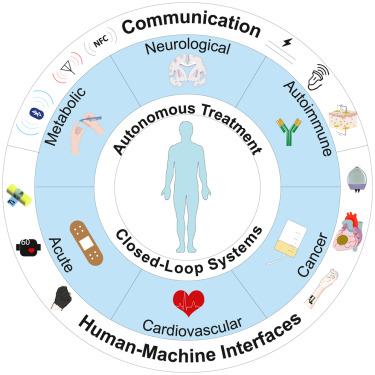
Alex Abramson, assistant professor in the School of Chemical and Biomolecular Engineering
Imagine having a tiny device inside your body that can continuously monitor your health and deliver the right treatment when needed. That's what closed-loop drug delivery systems (CLDDs) can provide, automatically monitoring, adjusting, and administering medication in response to specific signals within the body.
For example, CLDDs can be used to manage chronic medical conditions, such as diabetes, where maintaining precise control over mediation dosage is critical.
While they hold immense promise for improving patient outcomes and treatment adherence, CLDDs have only recently entered clinical use due to the difficulty in integrating the sensing and actuating components of human-machine Interfaces (HMIs).
Researchers at Georgia Tech’s School of Chemical and Biomolecular Engineering have published an article in Device that provides a comprehensive overview of advancements, strengths, and challenges associated with various CLDD approaches.
Examples of devices already in use include insulin pumps, implantable pain pumps, and epilepsy neurostimulators.
In the paper, titled “Communication Protocols Integrating Wearables, Ingestibles, and Implantables for Closed-Loop Therapies,” the researchers explore both passive and active CLDDs.
Passive devices (typically implantable or ingestible) can release drugs over extended periods without active, real-time monitoring, while active CLDDs incorporate real-time monitoring and feedback mechanisms to adjust drug delivery in response to changing circumstances.
“Active closed-loop, drug-delivery systems are poised to usher in a new generation of remote, personalized healthcare driven by human-machine interfaces,” said study co-author Alex Abramson, an assistant professor in Georgia Tech’s School of Chemical and Biomolecular Engineering.
“But to accentuate the shift from passive to active CLDDs, the integration of advanced sensors and actuators is crucial,” added Ramy Ghanim, a PhD student in Abramson’s lab and co-author of the paper.
Sensors in CLDDs continuously monitor specific health parameters in the body (e.g., blood glucose levels for diabetics), and that data is fed to actuators that determine if a specific treatment is needed (such as releasing insulin).
Communication Systems
In the article, the researchers explore various methods for communication transmission in CLDDs, including hardwiring, radio frequency (RF) wireless communication such as Bluetooth, ultrasound, and in-body communication (harnessing the body itself for data transfer through methods like ionic, biochemical, and optical communication). Each method comes with unique advantages and challenges, according to the researchers.
Challenges in developing advanced HMIs include battery size constraints, powering requirements, data transmission rates, and locational dependance.
One big challenge is making sure these devices work no matter where they are inside a patient. Like a cellphone working best near a Wi-Fi router, these devices need to be in the right place to communicate effectively. Sometimes, they move around inside the body, which can be a problem.
The paper explores potential solutions to various challenges, including energy harvesting techniques, wireless powering, and location tracking systems. Ensuring secure data transmission and protection against hacking is also crucial, the researchers noted.
Benefits to Patients
Benefits of CLDDs include simplicity by automating treatment, reducing side effects by delivering medication precisely in a timely manner, and cost-effectiveness by reducing hospitalizations and complications associated with patient non-compliance.
Up to half of all patients requiring frequent and redundant dosages are noncompliant, sometimes missing doses due to complex treatment regimens, according to the researchers. Consequences include decreased quality of life, preventable disease progression, and an estimated annual cost of $528.4 billion in U.S. healthcare expenditure solely due to suboptimal medication therapy.
“Closed-loop drug delivery systems are poised to transform the landscape of chronic illness treatment by enhancing therapeutic release profiles and easing drug administration, thereby improving patients’ quality of life, decreasing medical expenditures, and improving compliance,” Abramson said.
CITATION: Ramy Ghanim, Anika Kaushik, Jihoon Park, and Alex Abramson, “Communication Protocols Integrating Wearables, Ingestibles, and Implantables for Closed-Loop Therapies,” Device, https://www.cell.com/device/fulltext/S2666-9986(23)00144-8, 2023
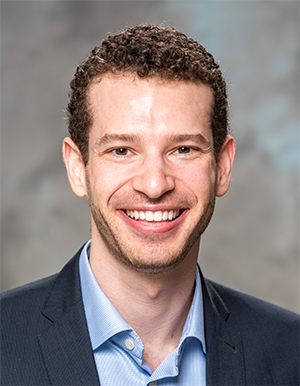
Ramy Ghanim, PhD student in the School of Chemical and Biomolecular Engineering
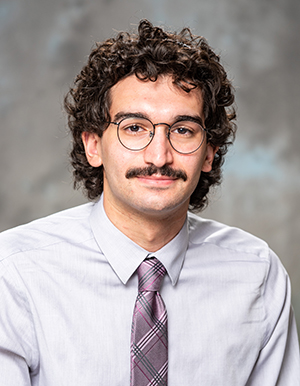
Brad Dixon, braddixon@gatech.edu
Computing Faculty Supporting Research That Could Cut Cancer Deaths in Half
Sep 26, 2023 —
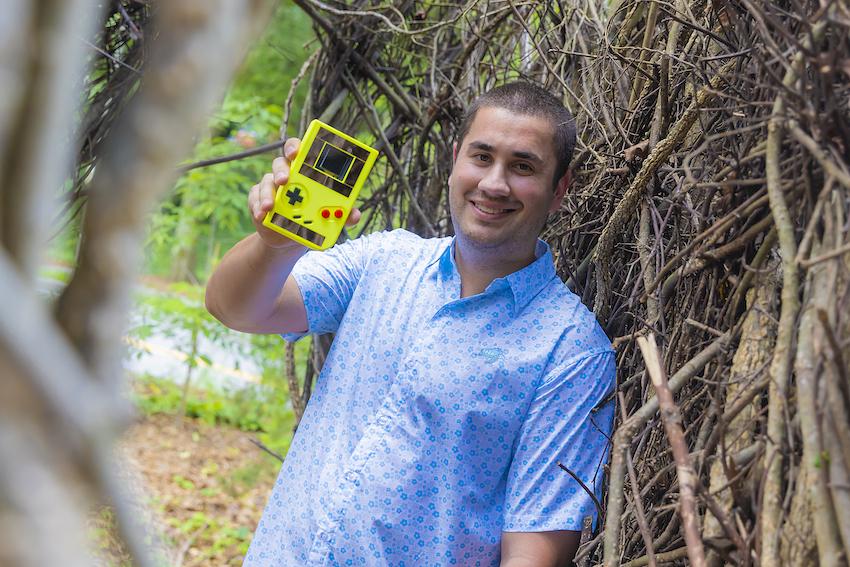
A surgically implantable device the size of a pinky finger could be a huge step toward a cure for cancer. A multi-institutional team of researchers that includes Georgia Tech faculty received $45 million from the Advanced Research Projects Agency for Health (ARPA-H) to develop sense-and-respond implant technology for cancer treatment.
The National Cancer Institute estimates more than 600,000 people will die of cancer in the U.S. in 2023, but the researchers say their project could reduce the number of U.S. cancer-related deaths by 50%.
Josiah Hester, an associate professor in Georgia Tech’s School of Interactive Computing, is a co-principal investigator on the project and is responsible for the sensing and computing technology in the implantable device. He will also assist with large-scale experimentations and coordinate the integration of the technology.
Hester specializes in developing sensing, battery-free, and sustainable technology for wearable and mobile devices. He previously worked on a team that developed the first battery-free handheld gaming console.
Celine Lin, associate professor in Georgia Tech’s School of Computer Science, is working with Hester to develop ultra-energy-efficient chips for signal processing and embedded control. Together, they will develop a robust platform that is energy-efficient enough to last for months.
The device contains genetically engineered cells catered to each individual patient that attack and eliminate cancer cells in the body. Thanks to Hester’s efforts, the device can monitor a patient’s cancer and adjust the dosage of the genetically engineered cells in real time.
“We must keep the cells alive to fight the cancer, and we must understand and control our progress in delivering this treatment,” Hester said. “Releasing too many cells could be toxic, and not releasing enough could be ineffective.”
Omid Veiseh, a bioengineer at Rice University, serves as principal investigator on the project and genetically engineers the cancer-attacking cells.
Along with Hester and Lin, Veiseh’s team consists of 19 co-PIs from the University of Texas, Stanford University, Carnegie Mellon University, Northwestern University, the University of Houston, and Johns Hopkins University.
The researchers named their project Targeted Hybrid Oncotherapeutic Regulation (THOR) and named the implantable device Hybrid Advanced Molecular Manufacturing Regulator (HAMMR).
Over the next five years, the team will test this unique approach to cancer treatment on patients with ovarian, pancreatic, and other difficult-to-treat cancers. They expect to not only improve immunotherapy outcomes for patients, but to make treatment more accessible.
Hester said once the device is surgically implanted, it is designed to remain in the body for six months or more, making it a minimally invasive alternative to chemotherapy.
“If you’re a patient with advanced stage cancer, you might be going in weekly to do various invasive and painful procedures,” Hester said. “This implant could remove a lot of the burden and make cancer treatment more accessible.
“Instead of driving three or four hours to get your treatment — which is expensive, and you may not be able to do it — you can have this implant. You come for the surgery, then you leave, and it stays with you for six months. The localized treatment should reduce the pain and terrible symptoms that chemotherapy and other systemic treatments cause in current protocols.”
ARPA-H is a federal funding agency established in 2022 to support research that has “the potential to transform entire areas of medicine and health.” THOR is the second program to receive funding from ARPA-H after its first Open Broad Agency Announcement solicitation for research proposals.
The first funding contract went to a team of researchers led by Philip Santangelo, a professor in the Wallace H. Coulter Department of Biomedical Engineering at Georgia Tech and Emory. Their project, known as CUREIT, uses mRNA drugs to activate or switch off certain genes to help the immune system fight cancer and other chronic diseases.
Nathan Deen, Communications Officer
School of Interactive Computing
GEDC Distinguished Lecture | Conformal Metasurfaces For Exotic Designer Wavefronts
Host: Joshua Kovitz
Co-host: Nima Ghalichechian
Lauren Garten Receives Future of Semiconductors Award
Sep 21, 2023 —
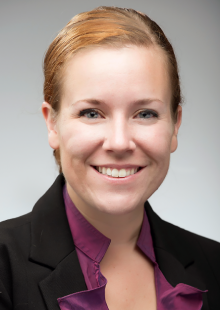
The U.S. National Science Foundation today announced 24 research and education projects with a total investment of $45.6 million — including funding from the "CHIPS and Science Act of 2022" — to enable rapid progress in new semiconductor technologies and manufacturing as well as workforce development. The projects are supported by the NSF Future of Semiconductors (FuSe) program through a public-private partnership spanning NSF and four companies: Ericsson, IBM, Intel and Samsung.
"Our investment will help train the next generation of talent necessary to fill key openings in the semiconductor industry and grow our economy from the middle out and bottom up," said NSF Director Sethuraman Panchanathan. "By supporting novel, transdisciplinary research, we will enable breakthroughs in semiconductors and microelectronics and address the national need for a reliable, secure supply of innovative semiconductor technologies, systems and professionals."
Stingelin Elected to European Academy of Sciences
Sep 13, 2023 — Atlanta, GA
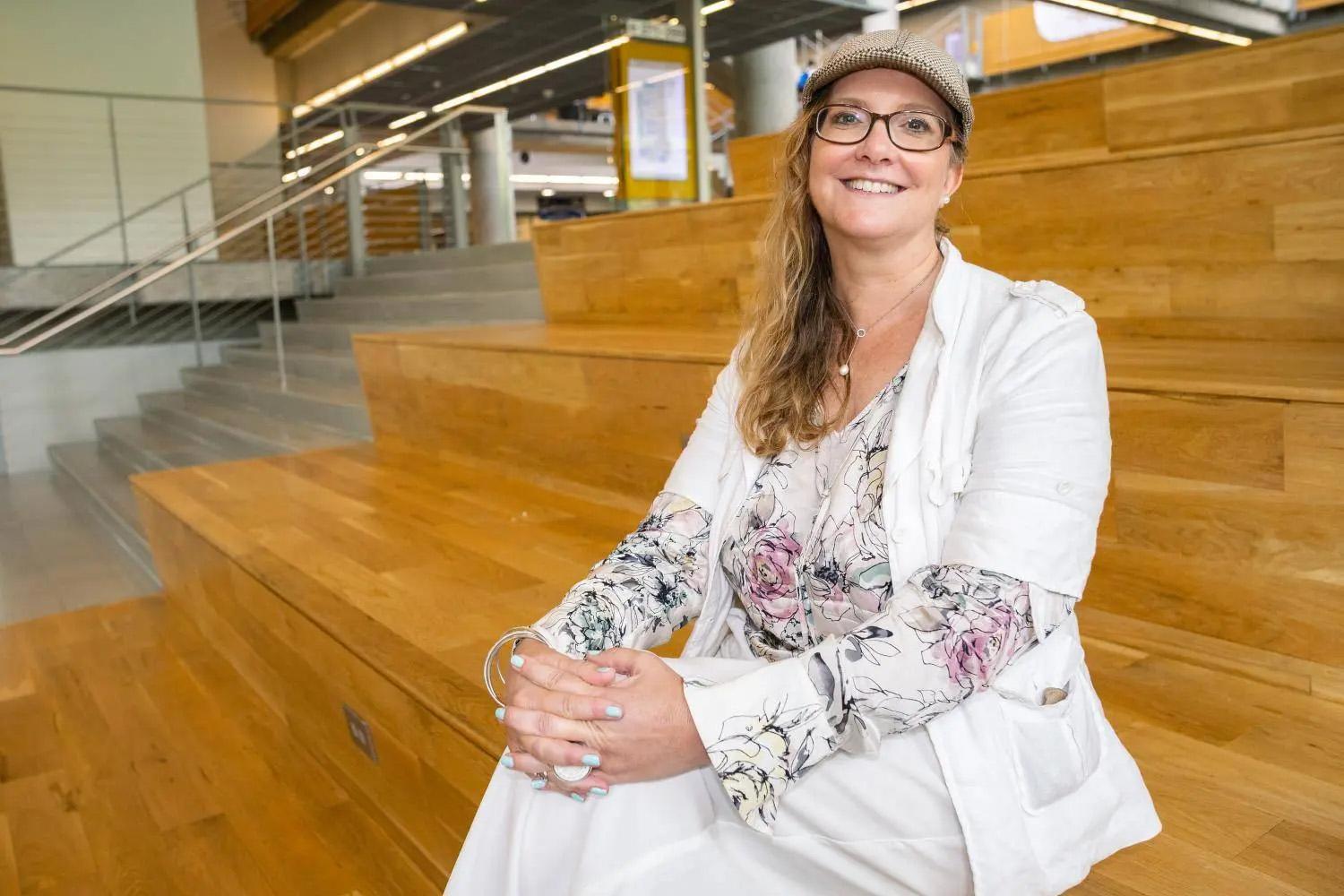
Picture of Natalie Stingelin
MSE chair Natalie Stingelin, has received a prestigious accolade by being elected to the European Academy of Sciences (EURASC). This esteemed recognition is reserved for outstanding European scholars and engineers who have made significant contributions to advanced technologies and scientific research while actively promoting the growth of science and technology within Europe.
Stingelin's noteworthy achievements span various fields, including polymer physics, functional macromolecular materials, and organic electronics and photonics. Her dedication extends beyond her research, as she is also recognized for her unwavering commitment to advancing the engineering field and serving as a role model for women pursuing careers in STEM (Science, Technology, Engineering, and Mathematics).
In response to her election, Stingelin expressed her deep appreciation for the recognition from her European peers. She acknowledged the evolution of her career, from her upbringing in the Swiss Mountains to her current leadership role in a globally recognized science and engineering group. She eagerly anticipates the 2023 EURASC Symposium & Ceremony, which will be hosted in Madrid by invitation of the Real Academia de Ciencias Exactas, Físicas y Naturales de España.
NNCI Societal and Ethical Implications Webinar | Ethically Responsible Conduct of Scientists and Engineers at Theranos
Abstract: The Theranos episode has been discussed in detail by journalists, government officials, judges and juries for the past several years. While the primary focus of these explorations has been on various alleged legal transgressions of top management, a 2022 article on the Theranos case brought to light stories of a number of scientists and engineers whose conduct was admirable and animated by serving the public interest.
Isotyping: The Key to Unlocking a Long Tail of Hardware Devices
Abstract: As digital technologies continue to expand and evolve, we rely on a greater number and variety of devices at home and in the workplace. Fortunately, the process of developing new hardware devices to the point of a working prototype has become democratized; a wide variety of platforms, development tools and online resources support hobbyists and professionals alike. This has unlocked a ‘long tail’ of prototype devices from wearable and environmental sensors to novel smart displays, home appliances and beyond.
How to get published in Nanotechnology
Speakers
Oliver Brand Memorial Lectureship on Electronics and Nanotechnology | Microphysiological Systems and Highly Integrated Microelectrode Arrays
IEN Opens Its Doors for Chip Camp
Aug 24, 2023 —

Sixty-six students visited Georgia Tech on Friday, July 21, for the final day of Chip Camp, a three-day STEM camp for rising sixth through eighth graders. The camp is sponsored by the Micron Foundation and is designed to “pique students' curiosity and challenge their minds through hands-on STEM and semiconductor activities.”
The day began at the Institute for Electronics and Nanotechnology (IEN), where students learned about ferrofluids, thin films, magic sand, measuring their height in nanometers, and the size and scale of the universe. They also visited the Materials Characterization Facility for an introduction to characterization and demonstrations of some of its tools, including the digital optical microscope and atomic force microscope. The IEN portion of the day concluded with a window tour of the IEN cleanroom and an opportunity to gown up in “bunny suits,” the standard uniform worn by cleanroom users.
“We’re committed to developing the pipeline of the future microelectronics workforce,” said Mikkel Thomas, assistant director of workforce development at IEN. “This includes K-12 students who may not know what microelectronics are, or the career paths associated with them. We were glad to host part of Chip Camp and introduce these students to IEN.”
Following a lunch break, campers visited the Invention Studio makerspace, where they built their own rockets — and then launched them in Tech Green.
Micron Chip Camp is a global initiative offering opportunities to students in the U.S. and Asia both in person and online. Micron teamed up with STE(A)M Truck, Atlanta's leader in hands-on STEAM education, for the Georgia session.
In addition to hosting students for camps, IEN provides a variety of outreach programs for K-12 and adult learners, which include short courses and seminars, research experiences for undergraduates, and research experiences for teachers. To learn more about these opportunities, visit research.gatech.edu/nano/workforce-development.
Laurie Haigh
